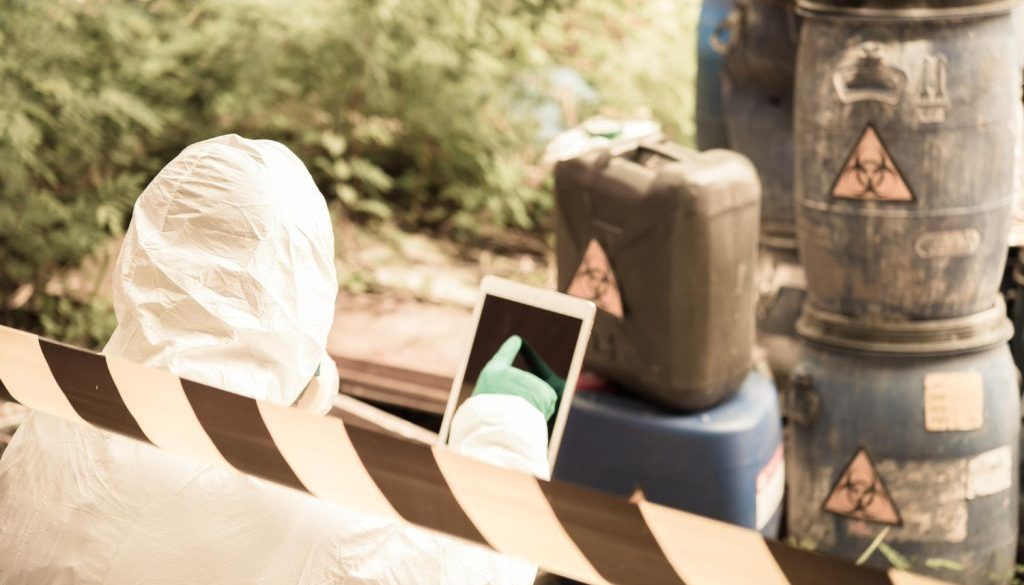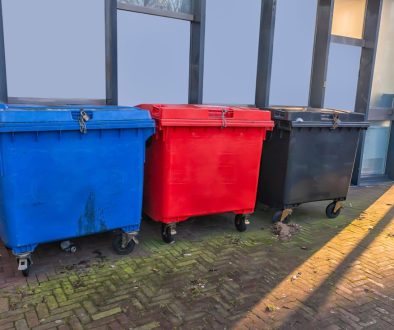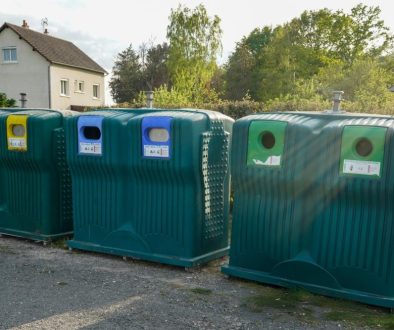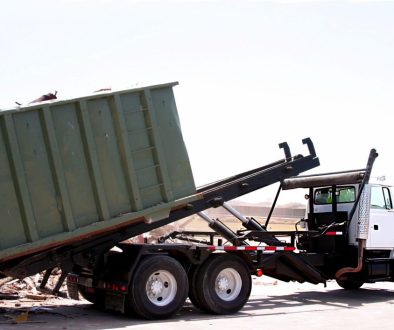Every day, we encounter items at home and work that might be classified as hazardous waste. It’s important to properly identify these materials to ensure they are disposed of in a safe and responsible manner. From cleaning products to batteries, understanding what constitutes hazardous waste is crucial for maintaining a healthy and safe environment.
Identifying hazardous waste goes beyond recognising the item itself. It involves being familiar with labels and symbols that indicate potential dangers. These labels serve as warnings and guide appropriate handling and disposal methods, minimising risks to health and the environment.
Correctly identifying hazardous waste is the first step in preventing accidents and pollution. With knowledge and preparation, anyone can manage their waste responsibly. This guide will provide practical advice on identifying and safely disposing of hazardous materials, promoting a safer and more sustainable way of living.
Identifying Hazardous Waste
Hazardous waste includes materials that can harm health or the environment. Common examples around the house include cleaning products, paints, and batteries, while in commercial settings, solvents, pesticides, and industrial chemicals often fall into this category. Recognising these items is essential to manage them safely and responsibly.
To identify hazardous waste, look for specific labels and symbols that indicate danger. These symbols often include a skull and crossbones for toxic materials, a flame for flammable substances, or a corrosion symbol for materials that can cause burns. Recognising these indicators ensures you handle the materials with the care they require.
Correct identification is crucial because it allows you to employ appropriate disposal methods, preventing environmental damage and personal harm. Misidentifying hazardous waste can lead to improper disposal, risking contamination of water, soil, and air. By correctly recognising these wastes, you contribute to a safer environment and uphold public health.
Preparing for Safe Disposal
Proper preparation is vital to safely dispose of hazardous waste. Start by storing it correctly until you’re ready to dispose of it. Use durable containers that won’t easily break or leak. Ideally, keep wastes in their original containers, which are designed to hold them safely. Store these containers in a cool, dry location, away from children or pets.
Segregation is another key part of safe disposal. Different types of hazardous waste should be separated to avoid chemical reactions. For example, flammable materials should be kept away from corrosive substances. Use separate containers for each type of waste to maintain their integrity until disposal.
Protecting yourself while handling hazardous waste is just as important. Always wear suitable safety gear, like gloves and goggles, to prevent direct contact with these materials. Long sleeves and trousers also offer additional protection. Work in a well-ventilated area to minimise inhalation risks. These precautions help ensure you manage waste safely, protecting yourself and others while maintaining a clean environment.
Safe Disposal Methods
Proper disposal of hazardous waste involves understanding best practices for each type. For chemicals, always follow local guidelines for disposal at specific sites that handle such materials safely. These sites are equipped to neutralise or process chemicals, preventing harm to the environment.
Batteries require special attention due to their toxic metals. Many areas have designated drop-off points for battery recycling, where they are handled according to safety standards. Never dispose of batteries in regular rubbish, as they can leak harmful substances.
Electronics, or e-waste, often contain hazardous components. Recycling centres specifically cater to electronic waste, ensuring that valuable materials are recovered while hazardous parts are managed responsibly. These centres play a critical role in preventing environmental contamination.
If specialised disposal for larger quantities is needed, arrange pick-up services with local waste management providers. They offer convenient solutions for the collection and transport of hazardous materials, ensuring compliance with safety and environmental regulations.
Community Resources and Education
Communities often have resources to assist with hazardous waste disposal. Local council drop-off points offer accessible locations to dispose of waste correctly. Additionally, many communities host waste collection events, providing residents with convenient disposal opportunities.
Education is a vital tool in managing hazardous waste. Participating in local workshops or informational sessions helps individuals understand the impact of waste and teaches effective disposal practices. These programs often cover new regulations and share tips for safe handling.
Educating others on hazardous waste disposal enhances community safety and protects the environment. Sharing knowledge reduces the likelihood of improper disposal and raises awareness about the impacts of hazardous waste. The more informed the community, the safer and healthier it becomes.
Conclusion
Understanding and practising proper hazardous waste disposal is essential for safeguarding both our health and the planet. By identifying hazardous substances, preparing them for disposal with care, and utilising local resources, we can significantly reduce the risks associated with waste. Community education plays a pivotal role in spreading awareness and promoting responsible behaviour, ensuring that everyone contributes to a cleaner, safer environment.
Enviro Skip Hire is dedicated to supporting communities in their hazardous waste disposal efforts. Our affordable and efficient services make responsible waste management accessible to all. Hire a skip in Stafford today to discover how we can assist you in maintaining a sustainable environment through expert waste solutions.




